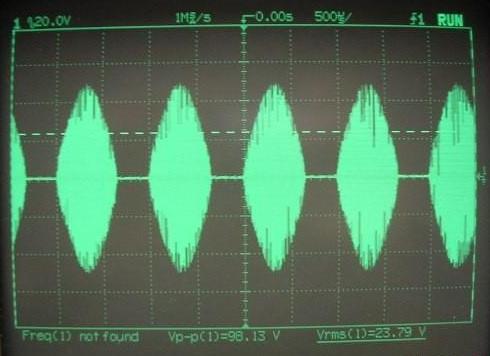I connected the stryker sr94hpc to my diy 450watt dummy load (with built in rf reading components) which is more accurate than a bird meter, and read the dead key and peak for this radio.
4watt setting = dead key 4watts, swing to 20
10watt setting = dead key 10 watts, swing to 48 watts.
Transient peaks of 72 watts.
To eliminate distortion simply by turning down power mic.
This mod makes the max mod operate like childs play.
4watt setting = dead key 4watts, swing to 20
10watt setting = dead key 10 watts, swing to 48 watts.
Transient peaks of 72 watts.
To eliminate distortion simply by turning down power mic.
This mod makes the max mod operate like childs play.

